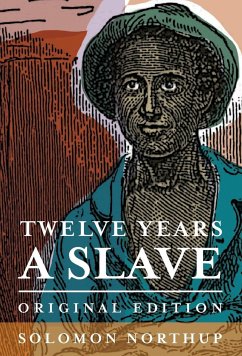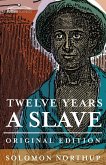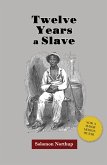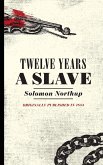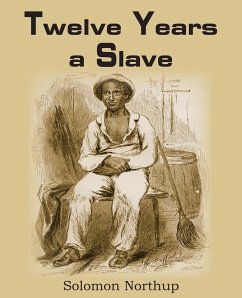In 1841, free-born African American Solomon Northup was offered a job in his hometown of Saratoga Springs, New York. He followed his employers to the job site at Washington, D.C., where he was beaten, drugged, kidnapped, and sold into slavery, eventually ending up on a plantation in Louisiana owned by Edwin Epps. While there, in 1852, Northup befriended Canadian carpenter Samuel Bass, who was at the time doing work for Epps. Secretly, Bass was able to contact Northup's family, who informed New York governor Washington Hunt of his kidnapping. The state was able to use a law passed in 1840 that allowed the recovery of free black men who were sold into slavery to rescue Northup. Solomon was finally made free again on January 4, 1853. One of few slaves of his era ever to regain freedom, he devoted his time and energy to lecturing and educating others about abolitionism. His memoir of the experience, Twelve Years a Slave, a best-seller in its time, was published in 1853, during his first year back as a free man. Cosimo Classics is now presenting a paperback and hard cover jacketed republication of the original edition. SOLOMON NORTHUP (1808-c. 1875) was a free African American from New York who was deceived, drugged, and sold into slavery in Washington, D.C. in 1841. He was transported to New Orleans and sold to a plantation owner in Louisiana. For several years, he was passed around between slave owners before winding up with plantation owner Edwin Epps. There he met Canadian carpenter Samuel Bass, who helped him regain his freedom in 1853. Solomon spent the rest of his life as an abolitionist. He also assisted with the Underground Railroad in the early 1860s.

„12 Years
a Slave“
Gegen den authentischen Bericht von Solomon Northup – verfilmt von Steve McQueen – verblasst Harriet Beecher Stowes „Onkel Toms Hütte“ zur sentimentalen Antiquität. Northup wurde 1841 als freier Bürger des Staates New York durch Betrug entführt, in die Sklaverei verkauft und erduldete zwölf lange Jahre ein grausames Martyrium auf Zucker- und Baumwollplantagen im Süden der USA. Dass er 1853 seine Freiheit wiedererlangte, grenzt ans Wunderbare. Anfangs versucht er, die Haltung eines freien Mannes zu wahren, doch die Sklavenhalter lassen keinen Zweifel, er muss unter einem Sklavennamen schuften. Erstaunlich ist die Genauigkeit in der Schilderung von Arbeitsdetails und wechselnden Stimmungen – Verzweiflung, Hoffnung und bitterer Fatalismus. Northup schönt so wenig wie er übertreibt, gerade deshalb ist sein Bericht so eindringlich und erzürnend. In all dem Elend und Blut wirkt die Beschreibung der Schönheit eines Feldes surreal: „Wenige Anblicke schmeicheln dem Auge mehr als ein weites Baumwollfeld in voller Blüte. Es bietet ein Bild von Reinheit ähnlich einer hellen Fläche jungfräulichen Neuschnees.“ HARALD EGGEBRECHT
Solomon Northup:
Twelve Years A Slave. A. d. Engl. von Johannes Sabinski, Alexander Weber. Piper Verlag, München 2014.
288 Seiten, 9,99 Euro.
DIZdigital: Alle Rechte vorbehalten – Süddeutsche Zeitung GmbH, München
Jegliche Veröffentlichung und nicht-private Nutzung exklusiv über www.sz-content.de

